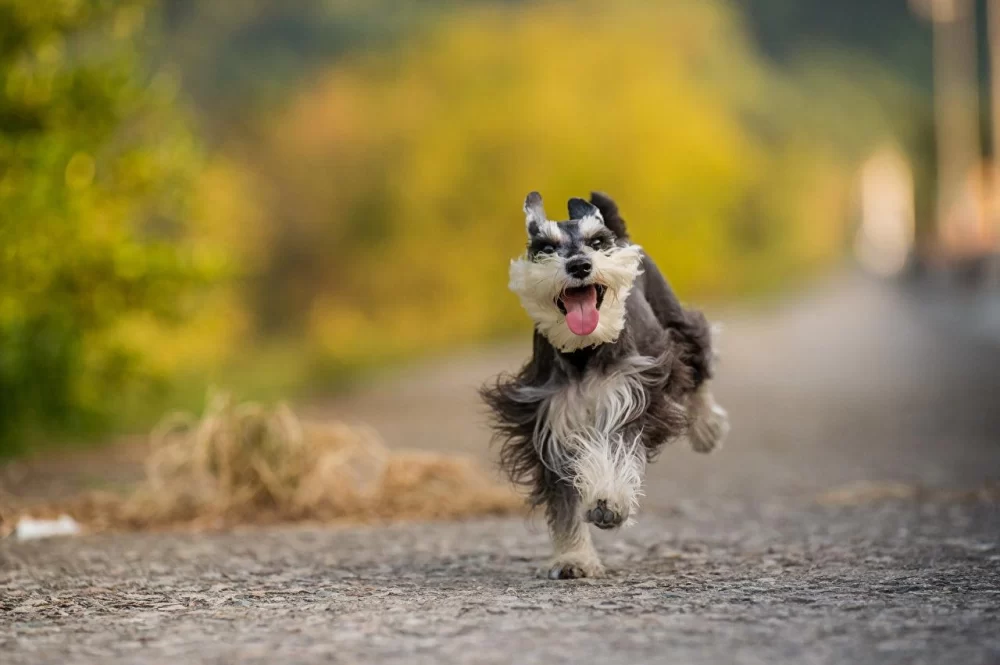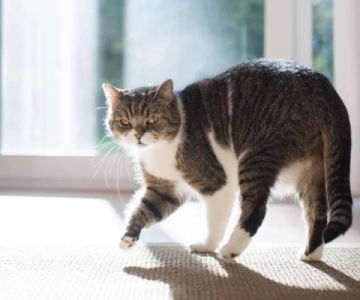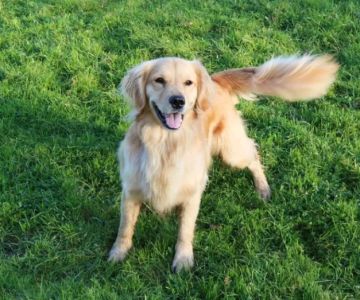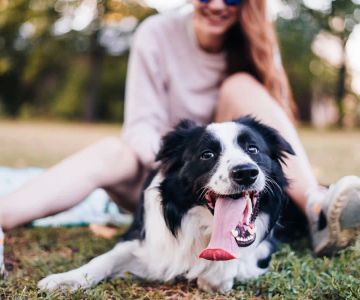Why My Dog Avoids Long Walks and Runs
As a dog owner, one of the most important parts of keeping my dog healthy is making sure they get enough exercise. But what do you do when your dog starts avoiding those long walks or runs that are essential for their well-being? For a while, I thought it was just a phase, but soon I realized that there might be something more to it. After doing some research and talking to professionals, I discovered that there are a number of reasons why a dog might avoid exercise, and most of these reasons have to do with either health concerns, behavioral patterns, or environmental factors. In this article, I want to share what I learned and offer some advice on how to approach this situation.
1. Health Problems Can Make Long Walks Unpleasant for Dogs
One of the first things I learned is that health problems are one of the main reasons dogs avoid physical activity. If your dog suddenly starts refusing to walk or run, it’s worth considering whether they might be dealing with a health issue. For example, joint pain, arthritis, or hip dysplasia are common conditions that can make walking uncomfortable. Older dogs, in particular, are often more prone to joint problems, which can cause them to avoid exercise. If you notice your dog limping or favoring a leg, or if they seem to be in pain after exercise, it’s important to consult a veterinarian for a thorough check-up.
Another health issue that can affect your dog’s exercise habits is obesity. When a dog is overweight, they may tire easily and struggle to keep up with long walks or runs. Weight problems can lead to a variety of health issues, such as heart disease, diabetes, and joint stress. If you’re noticing that your dog is avoiding exercise, it might be a good idea to consult with a vet about developing a healthier diet and exercise plan.

48-18 Vernon Blvd, Long Island City, NY 11101, USA
See Details2. Behavioral Issues Can Be the Root of the Problem
In some cases, a dog’s reluctance to walk or run may not be related to physical health problems at all. Sometimes, it’s more about their behavior. For example, some dogs are simply more prone to being lazy or less interested in physical activity than others. If your dog has never been a fan of walks or running, it could be due to their natural temperament.
Additionally, anxiety or fear can play a huge role in a dog’s reluctance to exercise. I once had a dog who was terrified of loud noises, and it wasn’t until we moved to a quieter neighborhood that he started enjoying walks again. If your dog is scared of certain environments, like busy streets, loud traffic, or even other dogs, this can make them avoid going on walks or runs. It's important to be mindful of your dog's fears and try to find ways to work through them. Desensitizing your dog to these triggers through gradual exposure can sometimes help.
3. The Weather Can Be a Big Factor
Dogs are just like us in that they can be affected by the weather. If it's too hot or too cold outside, they may not be eager to go on long walks or runs. On hot days, dogs can overheat quickly, especially breeds with thick coats or shorter noses, like bulldogs or pugs. On cold days, they might be reluctant to walk because the cold can hurt their paws or make them feel uncomfortable. It’s always important to consider the weather before planning a walk. I found that during extreme temperatures, shorter, more frequent walks are better than forcing my dog to go on long walks.
4. Lack of Motivation or Training
Some dogs simply lack motivation when it comes to exercise. This can often be a result of insufficient training or an absence of proper socialization. If your dog doesn’t associate walks or runs with positive experiences, they may be hesitant to participate. In these cases, it can help to make walks more enjoyable. I found that bringing along a favorite toy or incorporating playtime into our walks helped make exercise more fun for my dog.
5. Aging Dogs May Need Adjusted Exercise Routines
As dogs age, their exercise needs change. While they might have been able to handle long walks and runs when they were younger, older dogs may need a more relaxed routine. Senior dogs are prone to conditions like arthritis, which can make it harder for them to keep up with the exercise they once enjoyed. For aging dogs, it’s important to adjust the type and frequency of exercise to keep them comfortable. Shorter walks, low-impact activities, and mental stimulation are key to keeping them healthy and happy in their senior years.
6. Finding the Right Balance
If you find that your dog is avoiding long walks or runs, the key is to find the right balance. It’s important to pay attention to your dog’s body language and behavior and adjust their routine accordingly. Consulting with a veterinarian or a professional dog trainer can also provide valuable insights into your dog’s specific needs and how to address them. Remember, every dog is different, and what works for one dog might not work for another.
In the end, it’s important to understand that avoiding exercise is not necessarily a sign that your dog is being stubborn or lazy. There could be underlying health or behavioral issues that need to be addressed. By being attentive, patient, and proactive, I was able to find a solution that worked for my dog, and I hope these tips help you too.
7. The Role of Proper Nutrition in Exercise
Alongside exercise, nutrition plays a critical role in your dog’s overall health and energy levels. A well-balanced diet with the right nutrients will provide the energy they need to stay active. If your dog is not receiving the right amount of vitamins, proteins, or essential fatty acids, it could impact their ability to engage in physical activities. Consulting with a vet about a proper diet plan can make a significant difference in improving your dog’s activity levels.
By addressing these key areas—health issues, behavior, weather, and nutrition—you can help your dog enjoy their walks and runs again. If you're looking for professional advice or want the best care for your dog, consider visiting a trusted veterinary clinic like Hidden Brook Veterinary for personalized recommendations.











